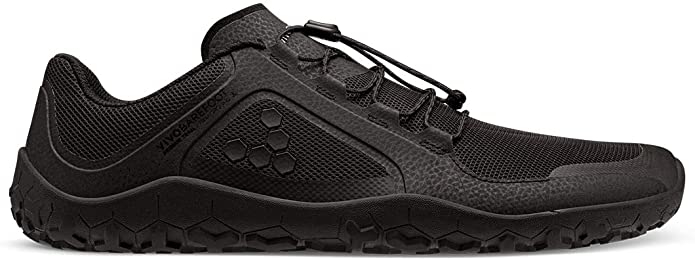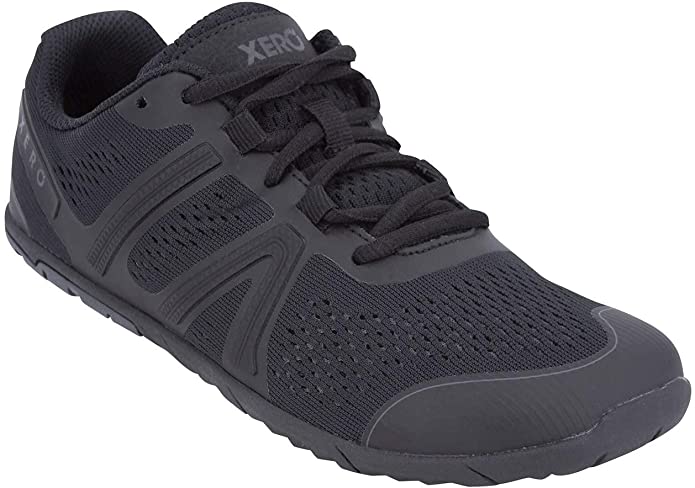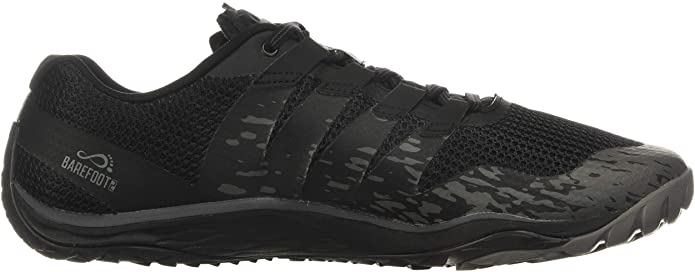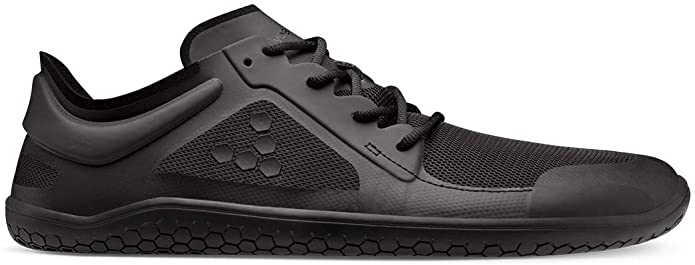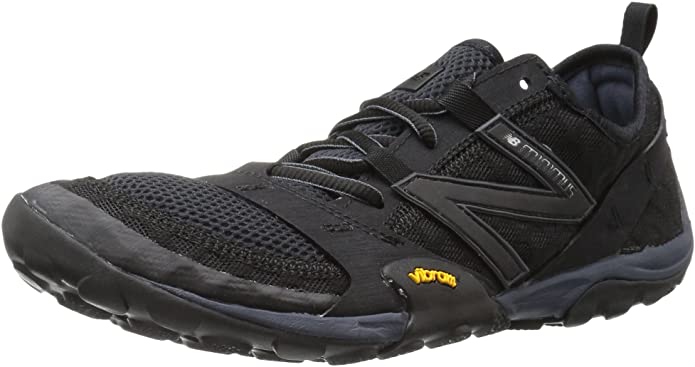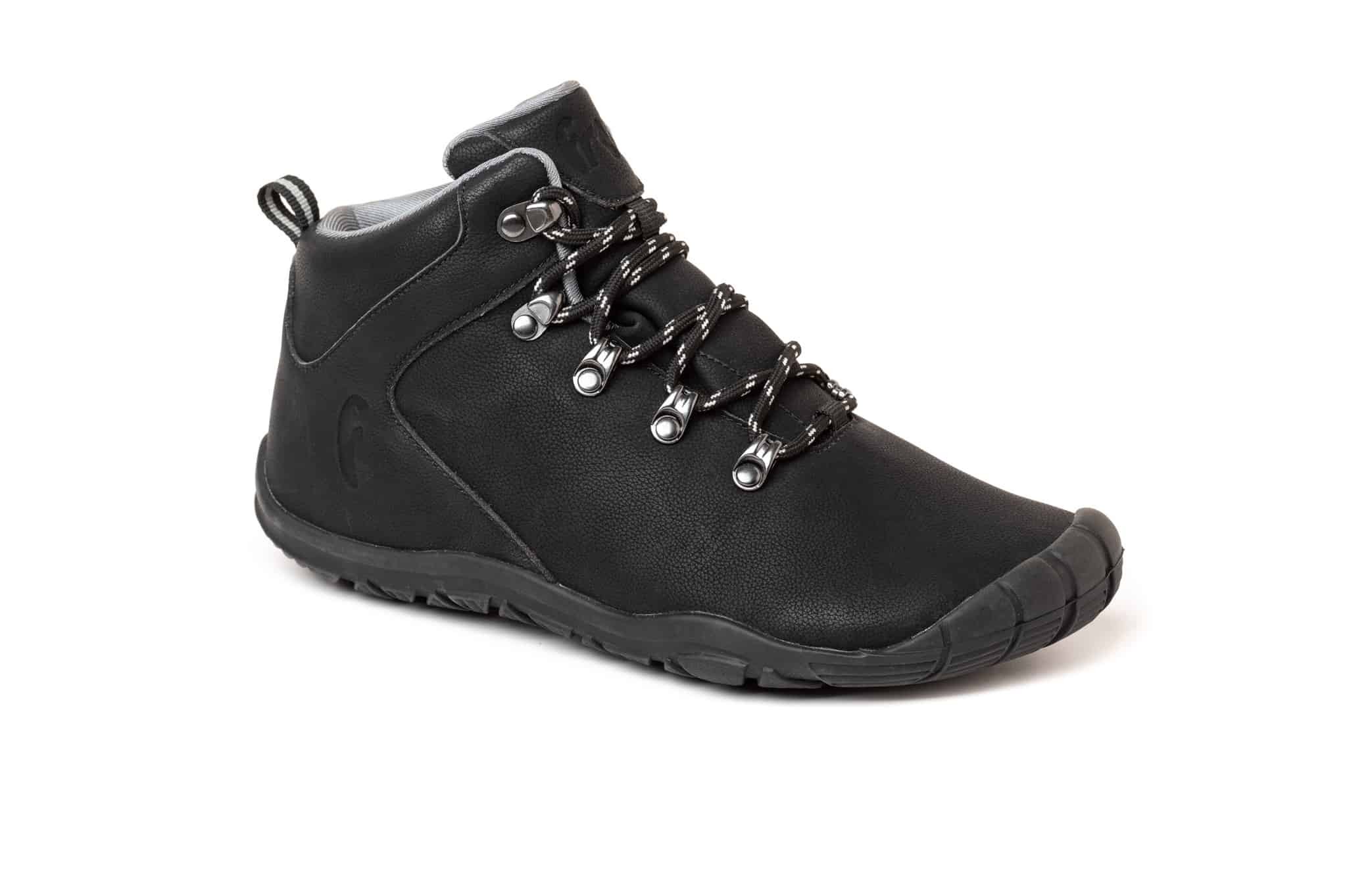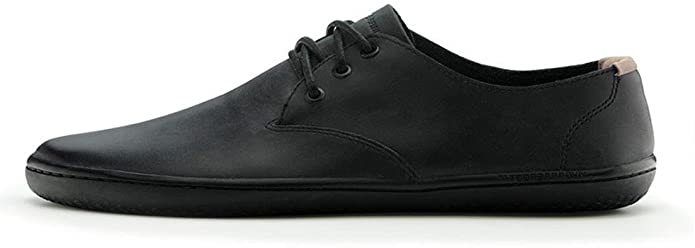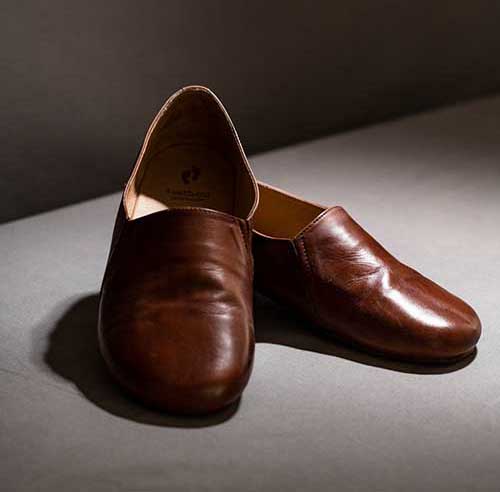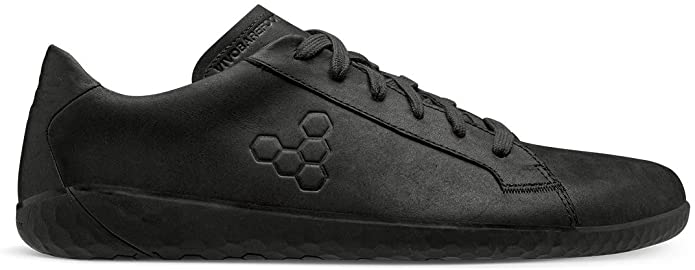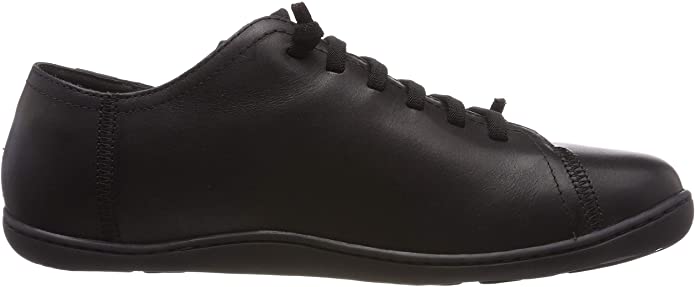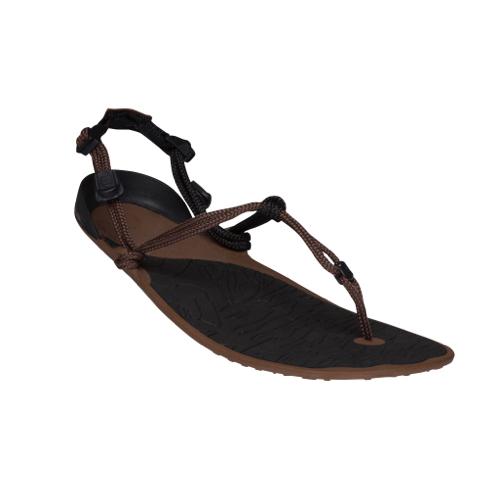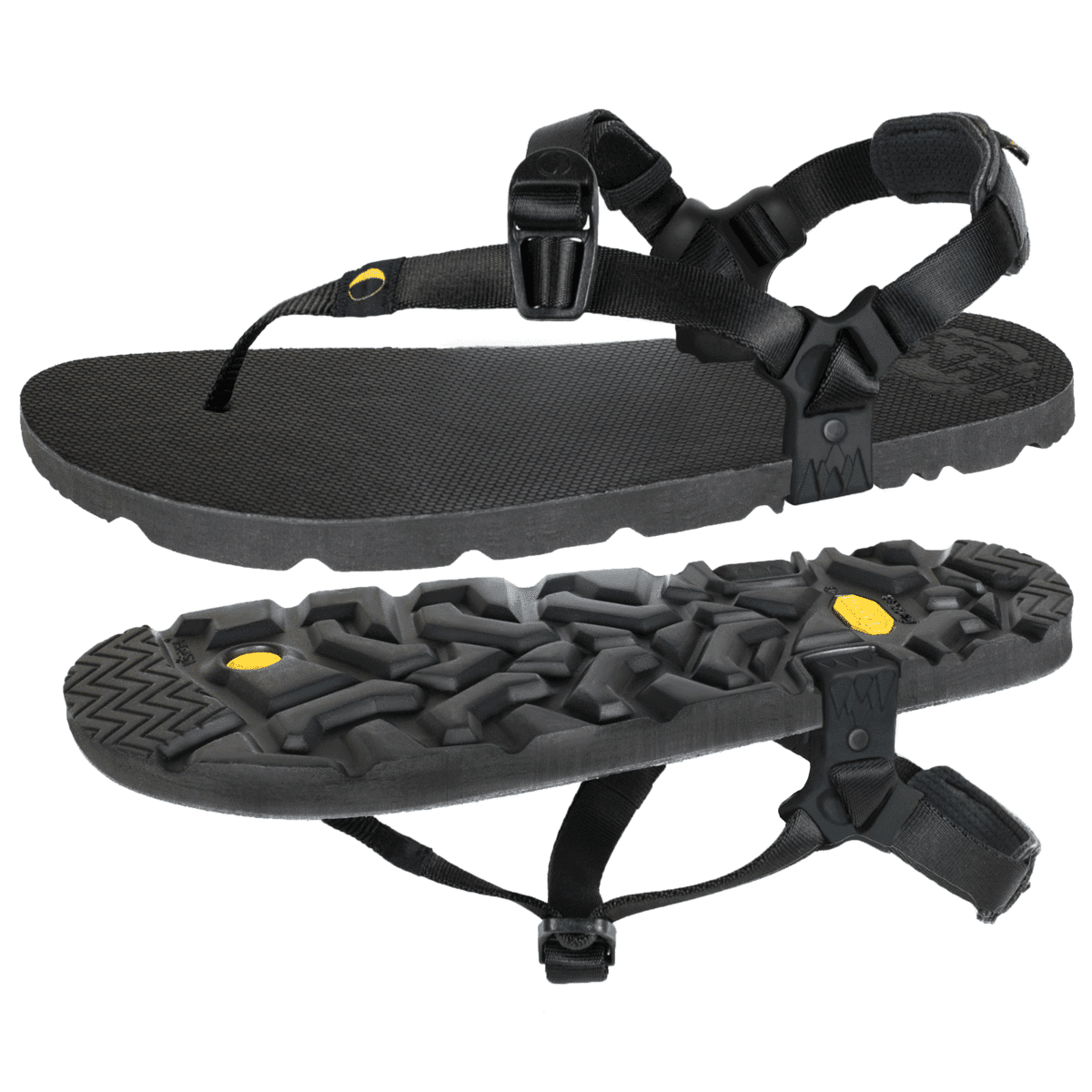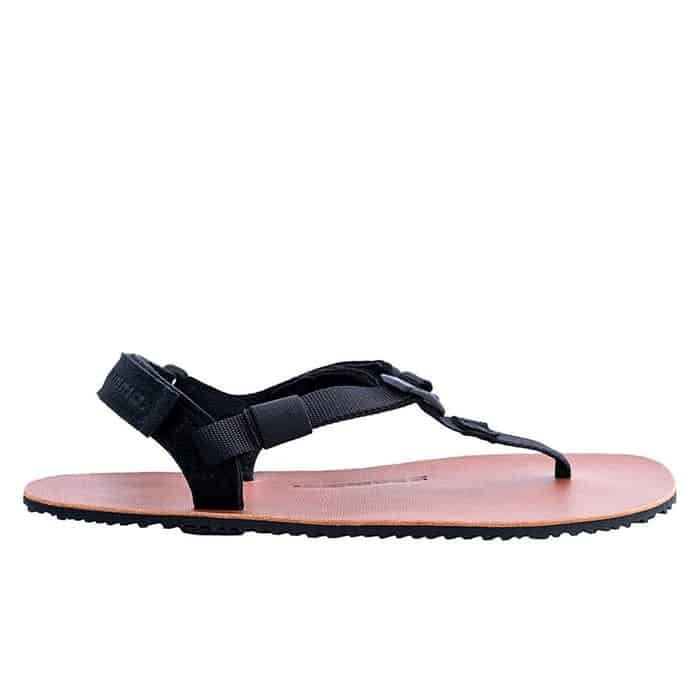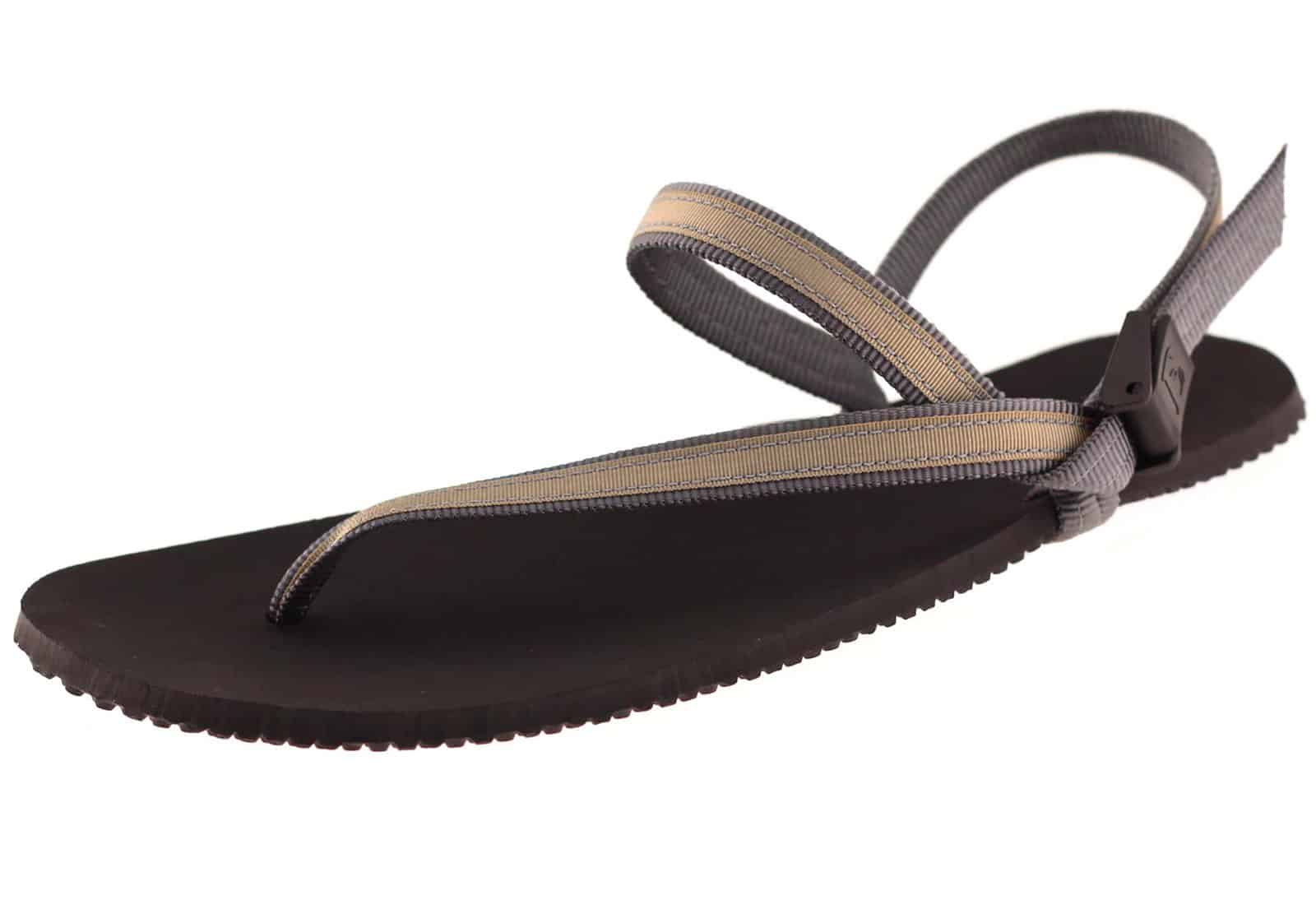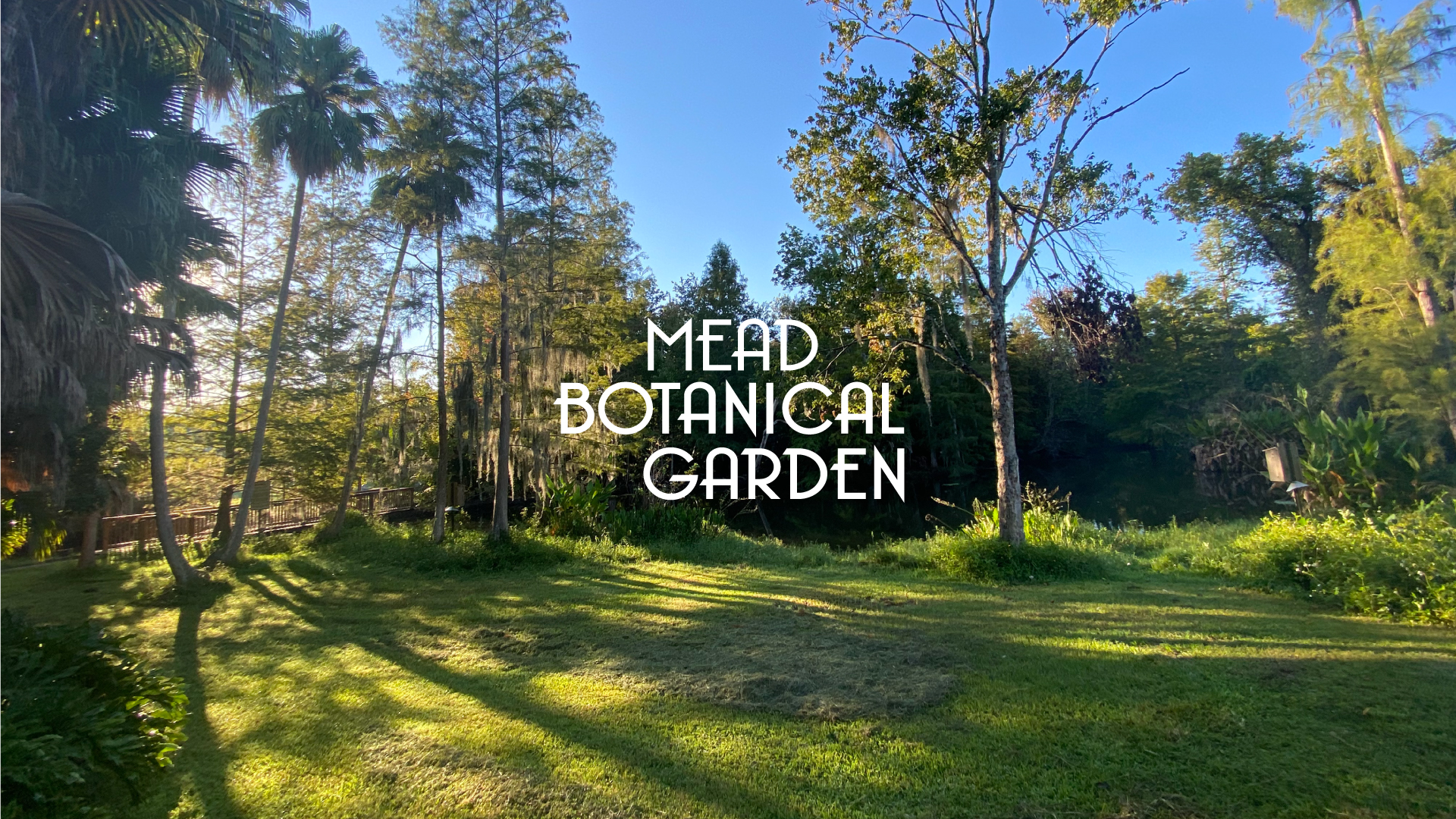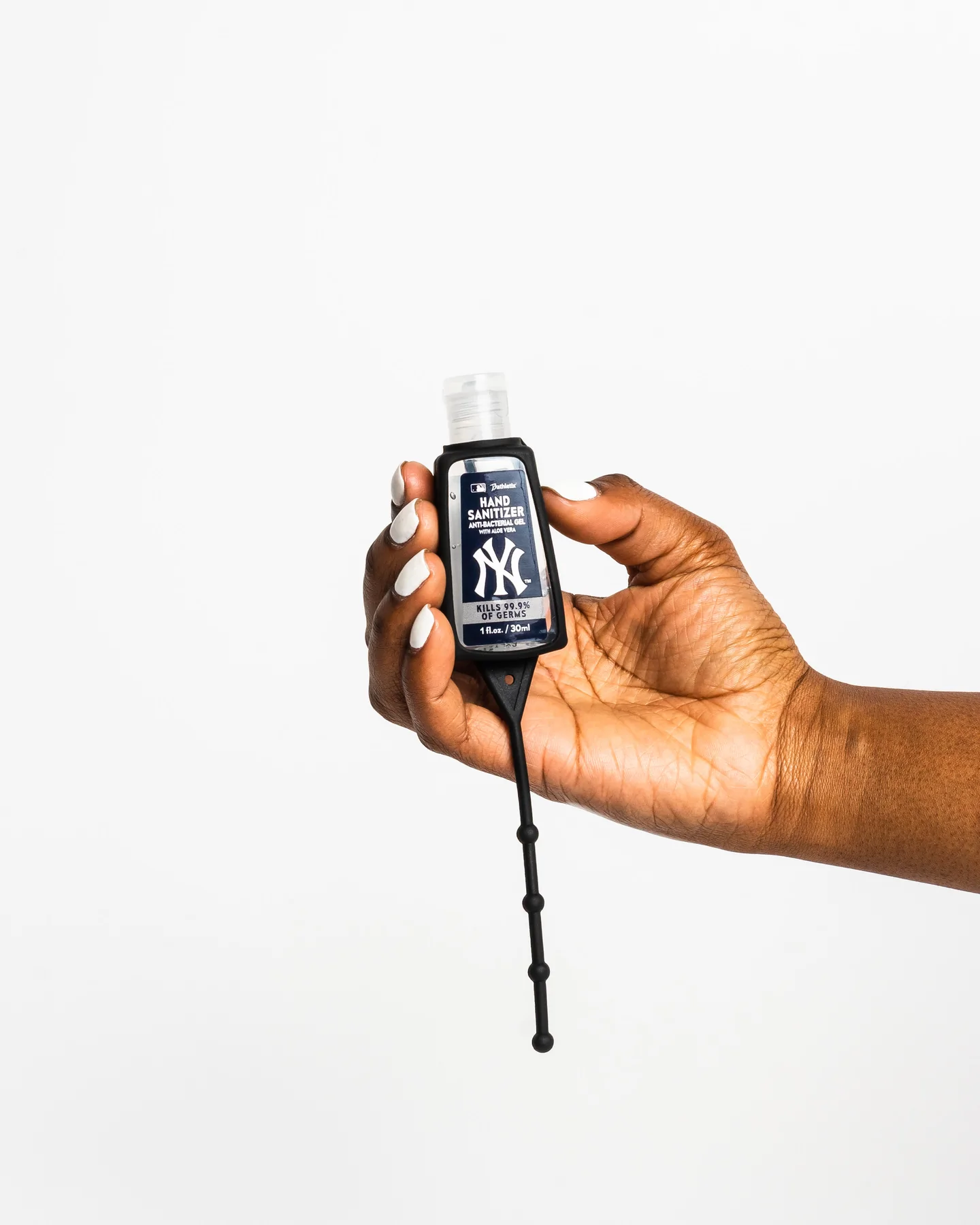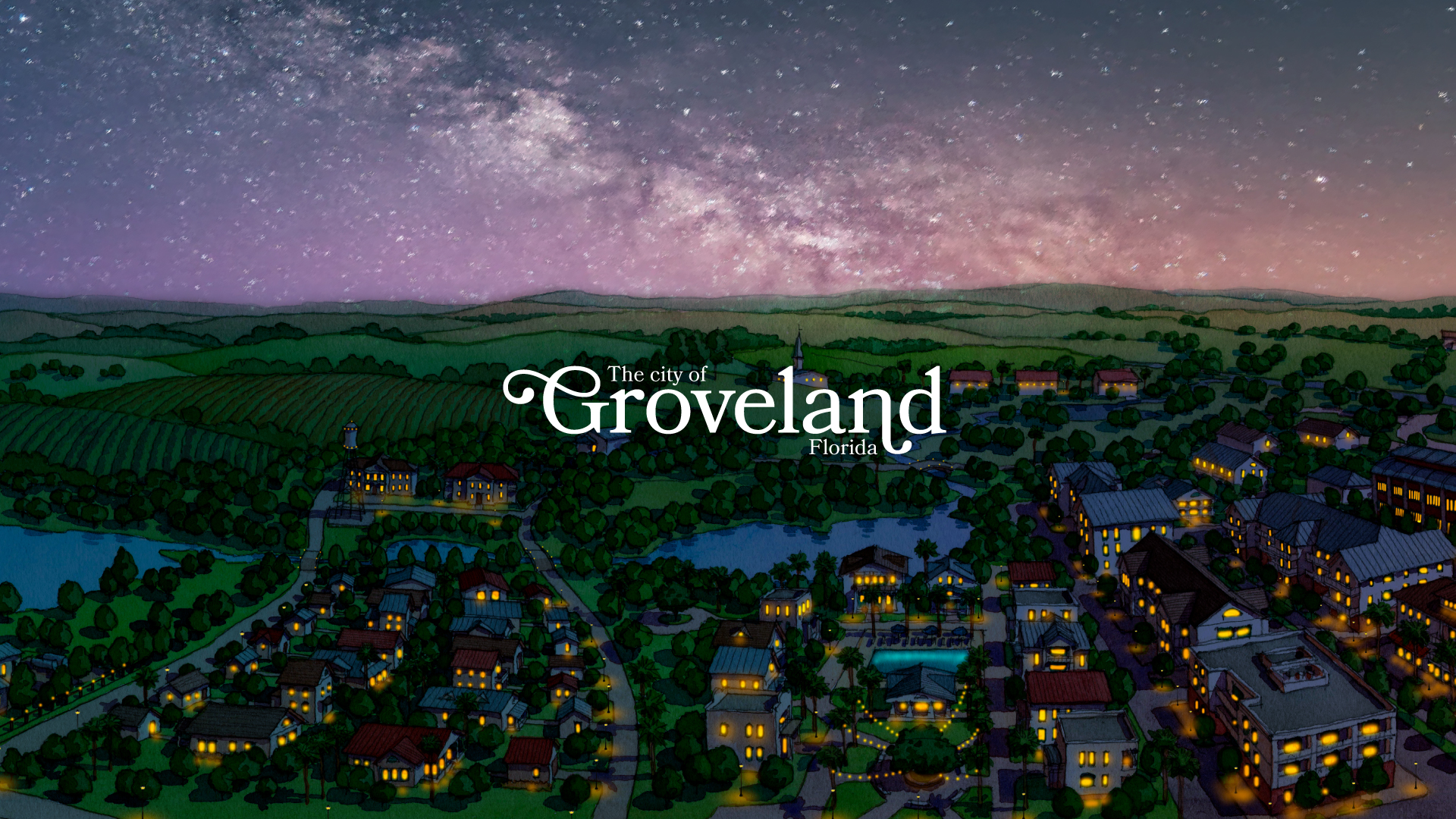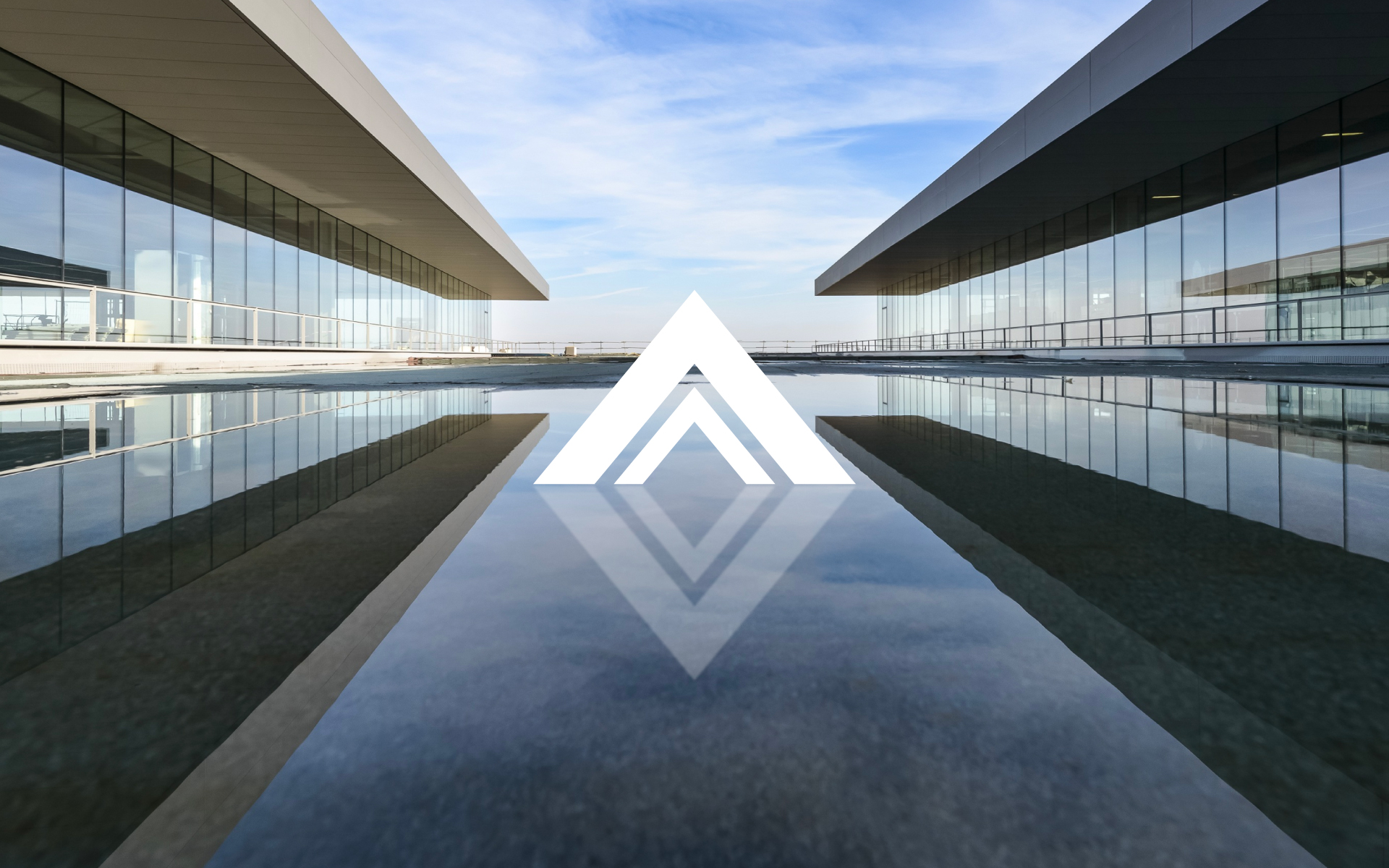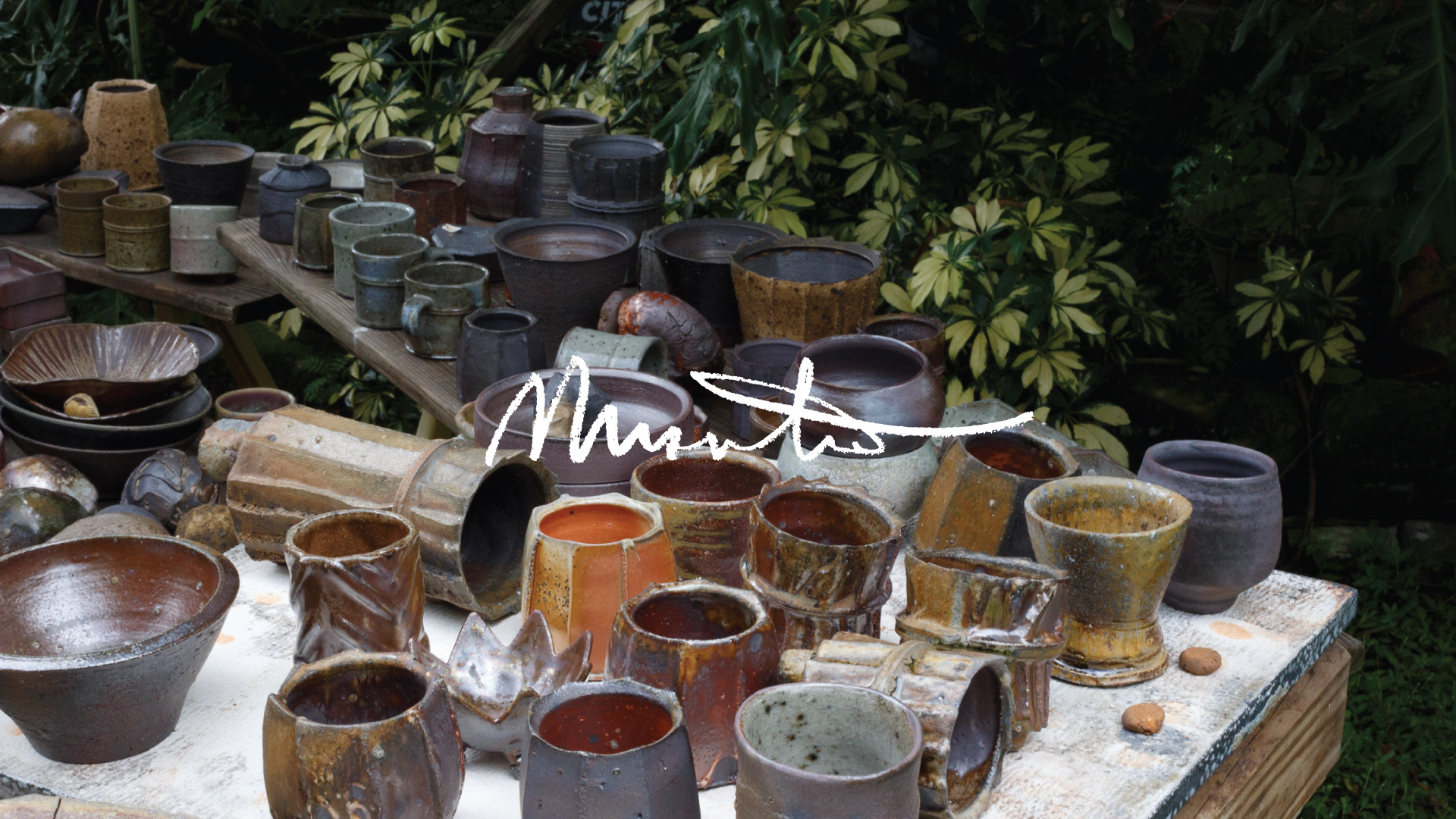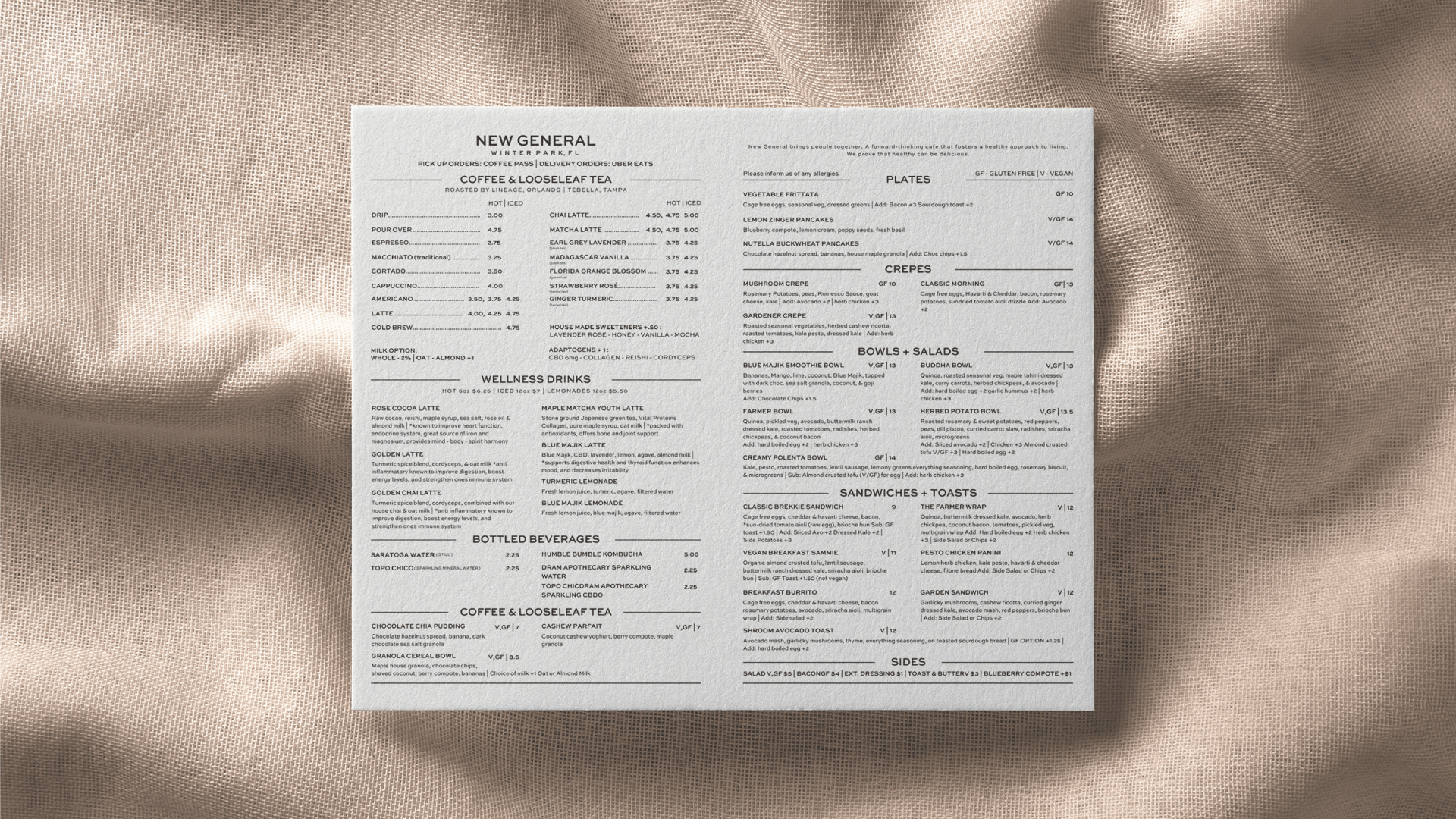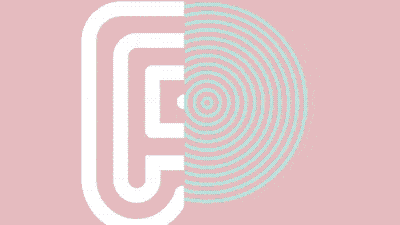Barefoot the bill: A path to connected living
Blog, Footwear, Gear
A collection of benefits, tips, and shoes we spent way too many dozens of hours researching.
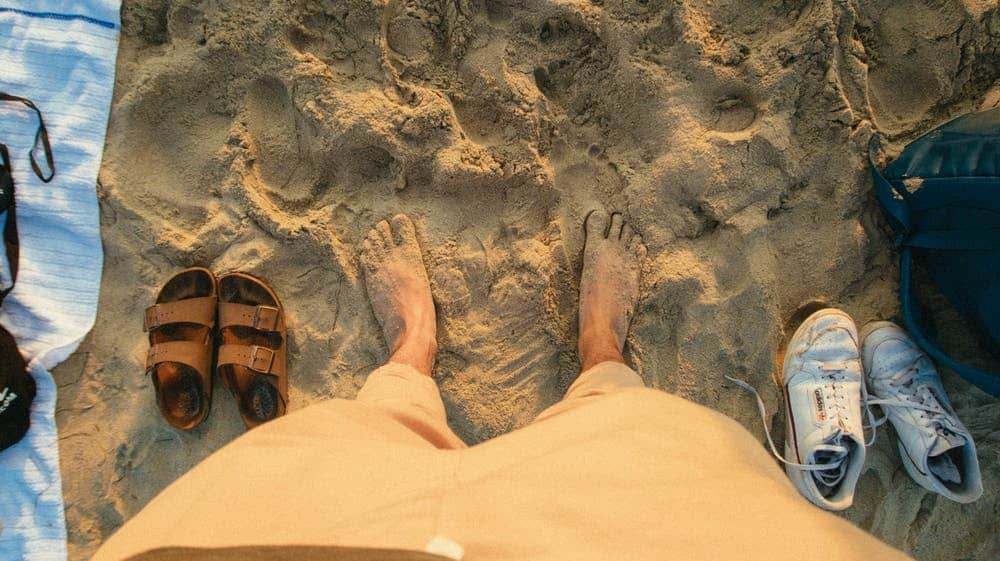
In our fast-paced modern world, we often find ourselves disconnected from the earth beneath our feet. With injuries and physical limitations becoming all too common, it is essential to explore alternative paths towards increased physical mobility and healing.
One such path is the transition into barefoot feet, a practice that can help us rediscover our ancestral strength, foster deeper connections with one another, and reconnect with the world around us. In this writeup, we will delve into the benefits and process of transitioning into barefoot feet, providing you with practical insights and inspiration to embark on this transformative journey.
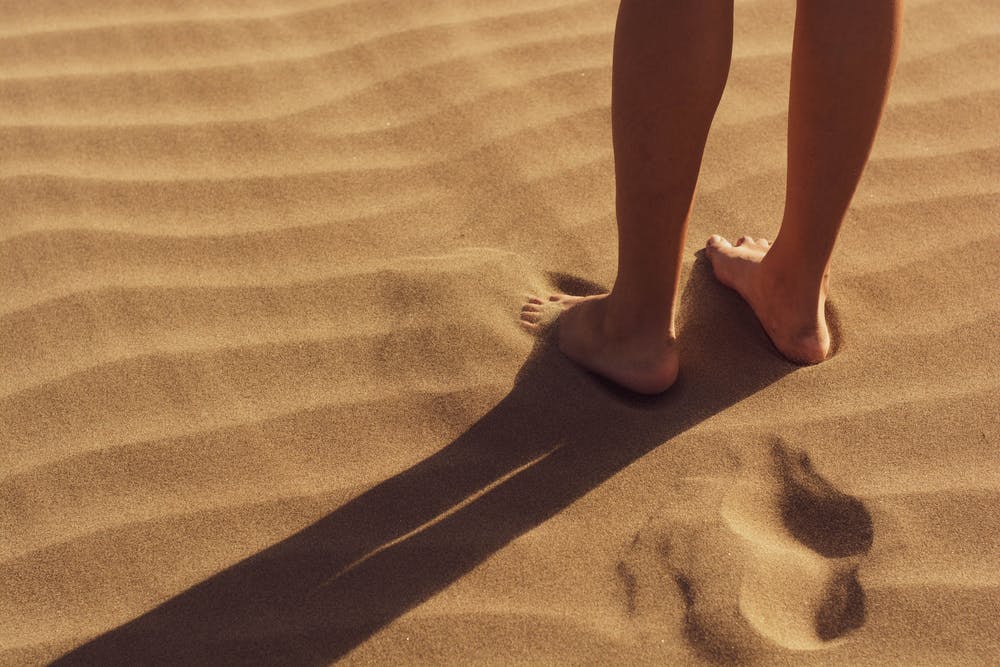
The Benefits of Barefoot Feet
Before we delve into the process of transitioning, let's explore the myriad of benefits that await those who embrace barefoot living:
Improved Balance and Stability: Going barefoot allows your feet to engage with the terrain directly, strengthening the muscles, tendons, and ligaments responsible for balance and stability. Over time, this can lead to a more stable and grounded posture.
Enhanced Foot Strength: Traditional footwear often restricts foot movement, leading to weakened foot muscles. Embracing barefoot feet stimulates these muscles, fostering stronger arches and better overall foot health.
Better Proprioception: Proprioception, the body’s ability to sense its position in space, is heightened when going barefoot. This heightened awareness can help prevent injuries by enabling better body control and more precise movements.
Reduced Risk of Foot and Joint Problems: Barefoot living encourages a more natural gait, minimizing the impact on joints and reducing the risk of common foot problems like bunions and plantar fasciitis.
Mind-Body Connection: The sensation of the earth beneath your feet can be deeply grounding and meditative, fostering a stronger mind-body connection.
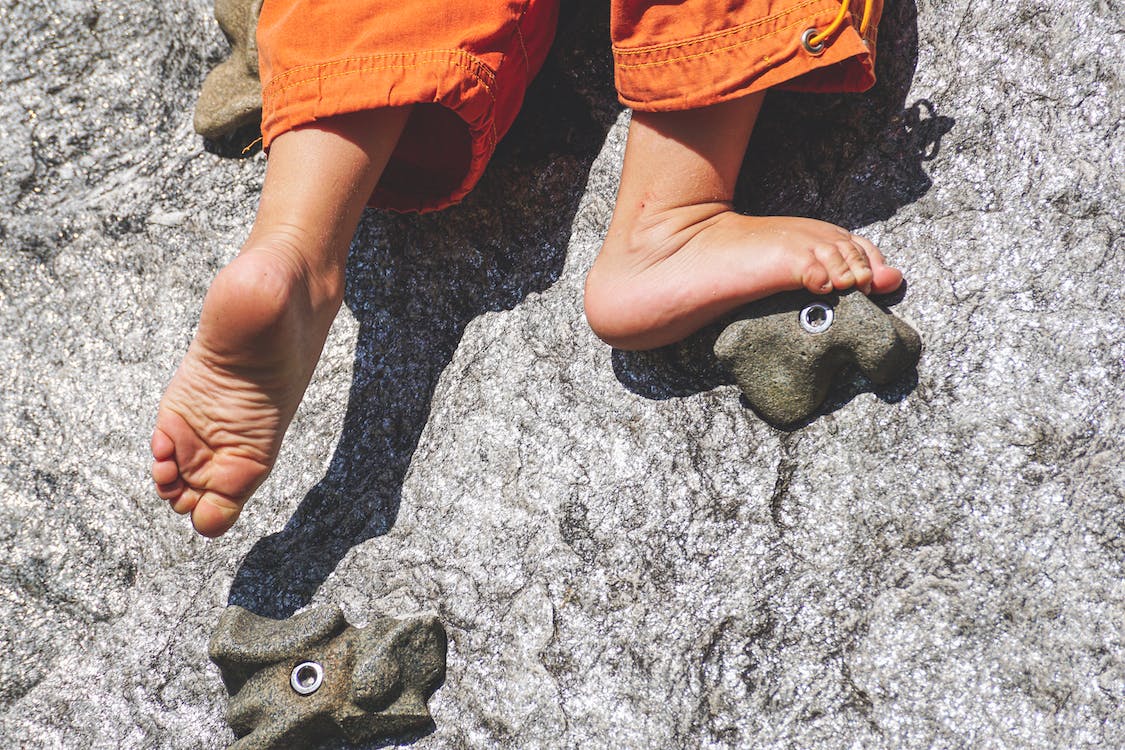
Transitioning into Barefoot Feet:
A Step-by-Step Guide
Start Gradually: For adults with injuries or limited mobility, a gradual transition into barefoot living is crucial. Begin by spending short periods barefoot indoors on even surfaces. This will help your feet adapt gradually and reduce the risk of strain.
Strengthen Your Feet: Incorporate foot-strengthening exercises into your routine. Simple exercises like toe curls, calf raises, and foot massages can significantly improve foot strength and flexibility.
Choose the Right Barefoot Footwear: When venturing outside or in situations where going completely barefoot is impractical, consider barefoot shoes. These shoes have minimal cushioning, a wide toe box, and a flexible sole, mimicking the sensation of being barefoot while still providing some protection. See Our Favorites
Embrace Nature: Seek opportunities to explore natural terrains like grass, sand, or dirt. These surfaces challenge your feet and promote a deeper connection with the environment.
Listen to Your Body: Everyone’s journey is unique. Pay attention to your body’s signals, and don’t rush the process. Take breaks when needed, and respect any discomfort or pain that may arise.

Reconnecting with Our Ancestral Strength
Throughout human history, walking barefoot was the norm. Our ancestors navigated varied terrains without the cushioned support of modern footwear. Embracing barefoot living can be seen as a way of reclaiming this connection to our ancestral past, fostering a deeper appreciation for our bodies’ innate capabilities.

The Power of Connection
Transitioning into barefoot feet also brings about a powerful sense of connection – not only with ourselves but also with others. When we walk barefoot, we become more attuned to the shared experience of being human, experiencing the world through our feet. This universally shared sensation can foster increased sensitivity and understanding, bringing us closer together as a community.
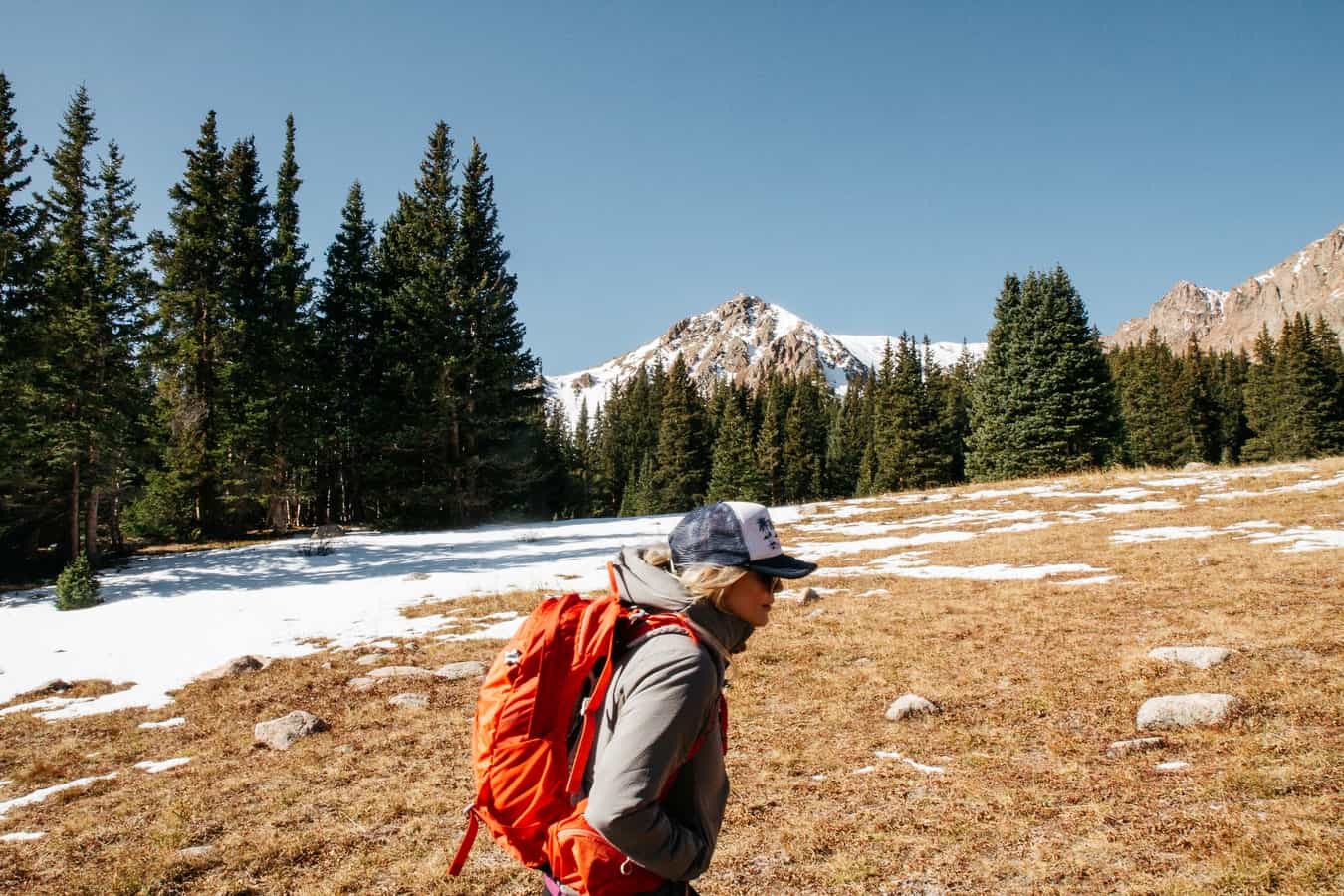
Reconnecting with Nature
Our planet, too, benefits from our decision to embrace barefoot living. As we tread gently on the earth, we become more mindful of the impact we have on our environment. We realize biological benefits from direct contact with micro-organisms, electrical discharge from grounding, and increased moment-to-moment awareness. This newfound mindfulness can inspire us to adopt more sustainable decisions that protect the natural world for future generations.
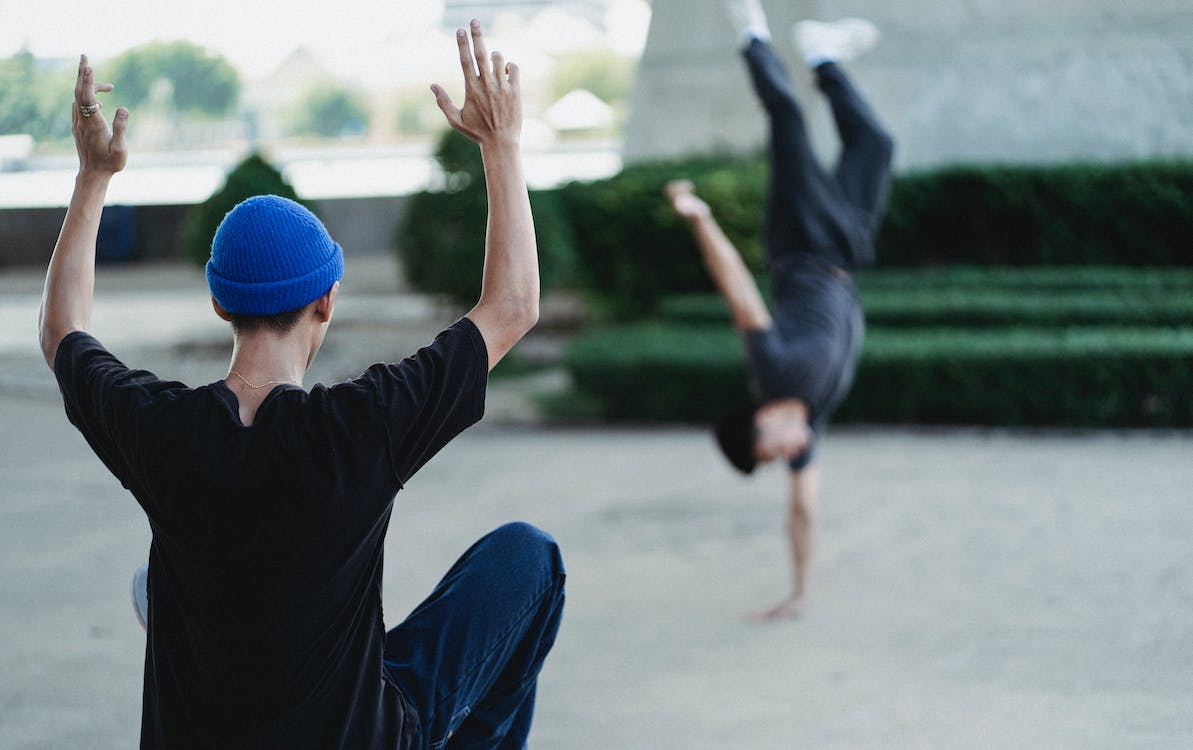
Our Dream Shoes
Hikers, boots, sandals and everyday.
From preventing injuries to stimulating the nervous system, letting your feet do their thing can be a healing experience.
What are barefoot" shoes?
Wide toe box: fully spread your toes without abrasion
Zero drop: no incline from front to back = less heel striking.
Flexible soles: if your sole bends, arches get stronger to compensate.
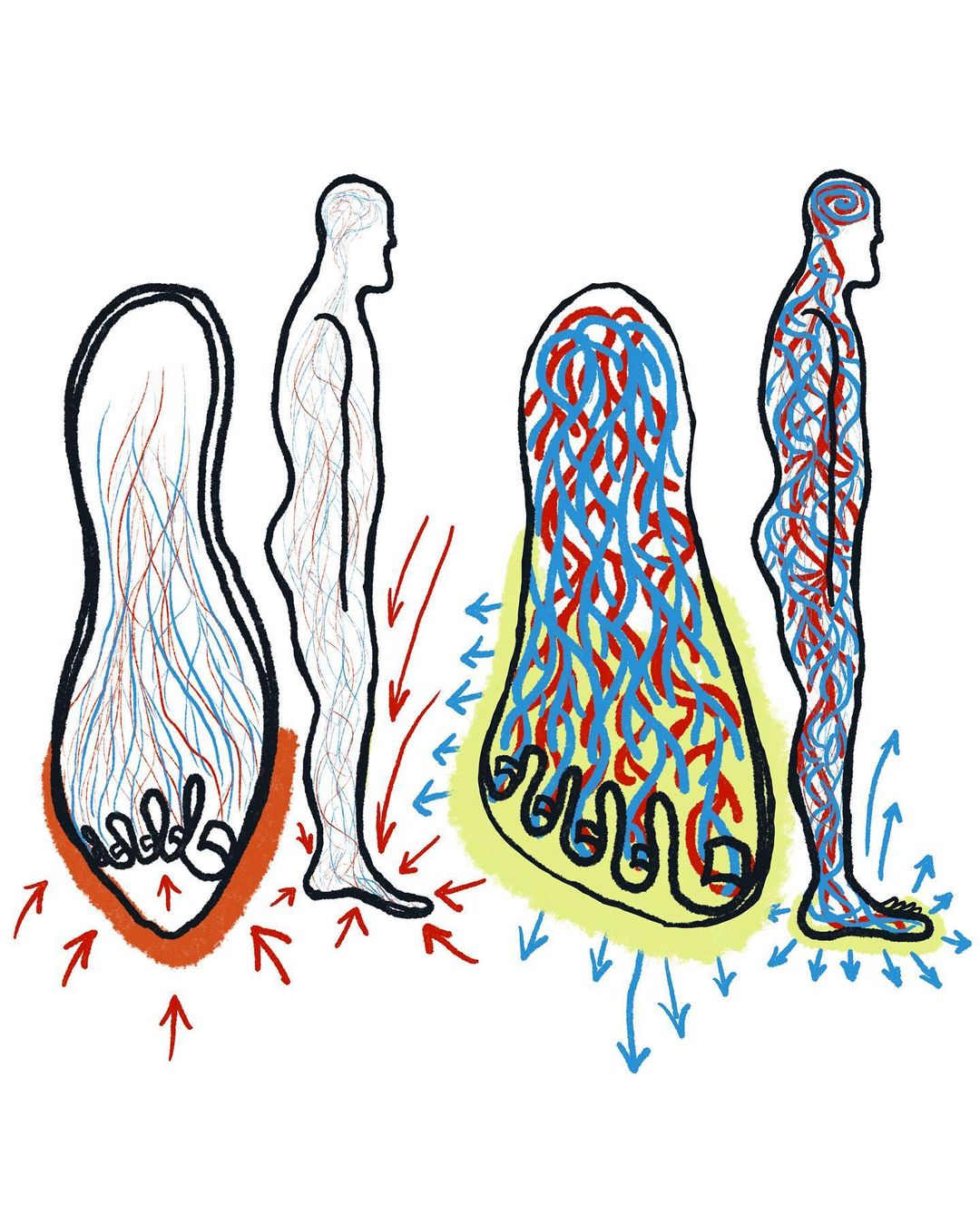
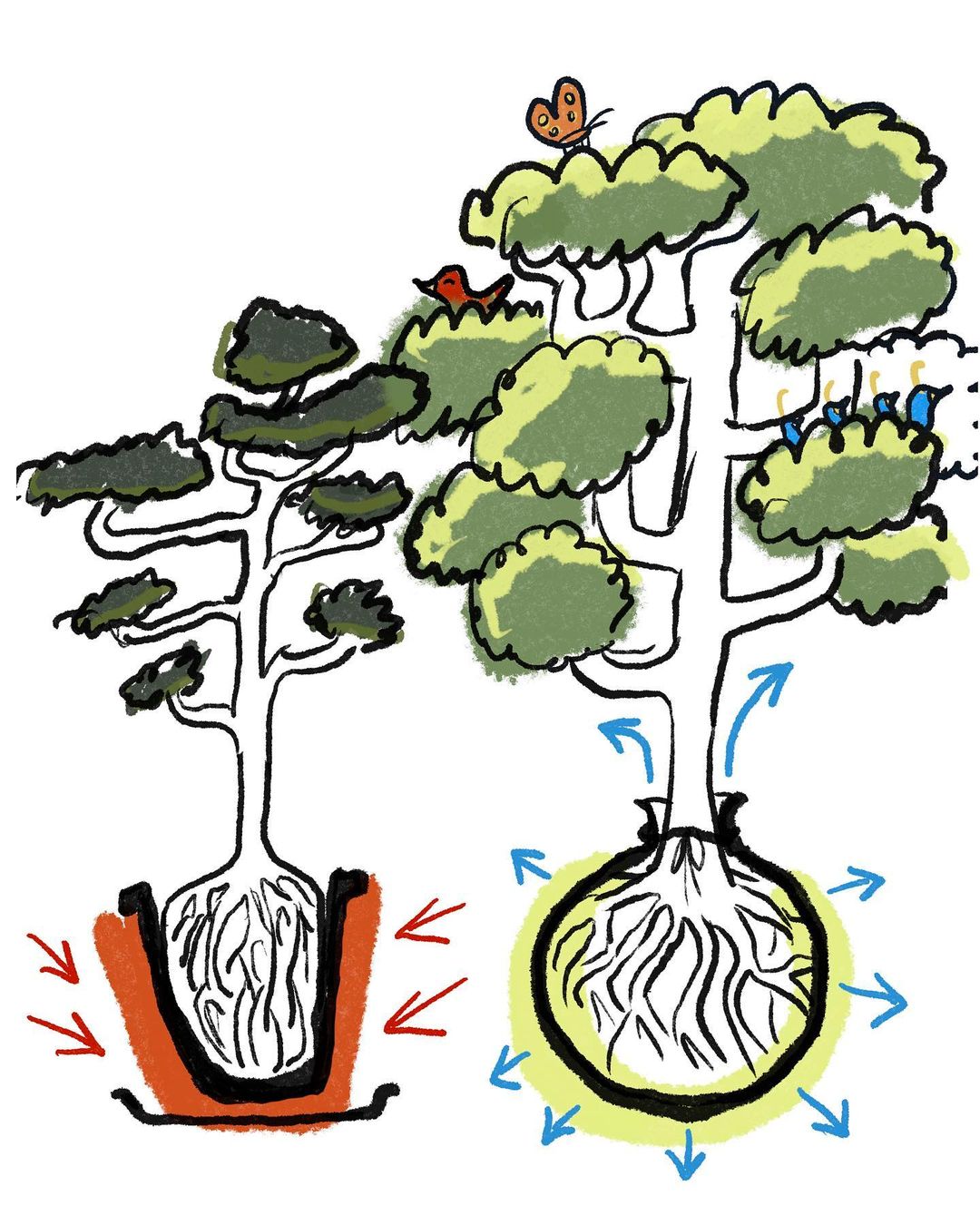
When going more barefoot:
Take it slow - your feet have had arch "support" for decades. It takes time to rebuild them.
Low tech shoes = high tech feet
Ankle straps let toes relax instead of tensing to grip flip flops.
Onward and upwoods
Embarking on the journey of transitioning into barefoot feet is a transformative process that goes beyond physical benefits. By embracing this ancestral practice, we can tap into our innate strength, foster connections with one another, and develop a profound relationship with the world we inhabit. Remember, this journey is one of patience and self-discovery. Embrace the process, and let your feet guide you towards a deeper connection with yourself and the world around you.
Let’s embark on this journey together, one step at a time, as we inspire each other to rediscover the power of our barefoot feet and the interconnectedness that lies within us all. As you explore this path, consider investing in barefoot footwear to support your journey, knowing that with each step you take, you are reconnecting with a timeless wisdom that resides within us all.
